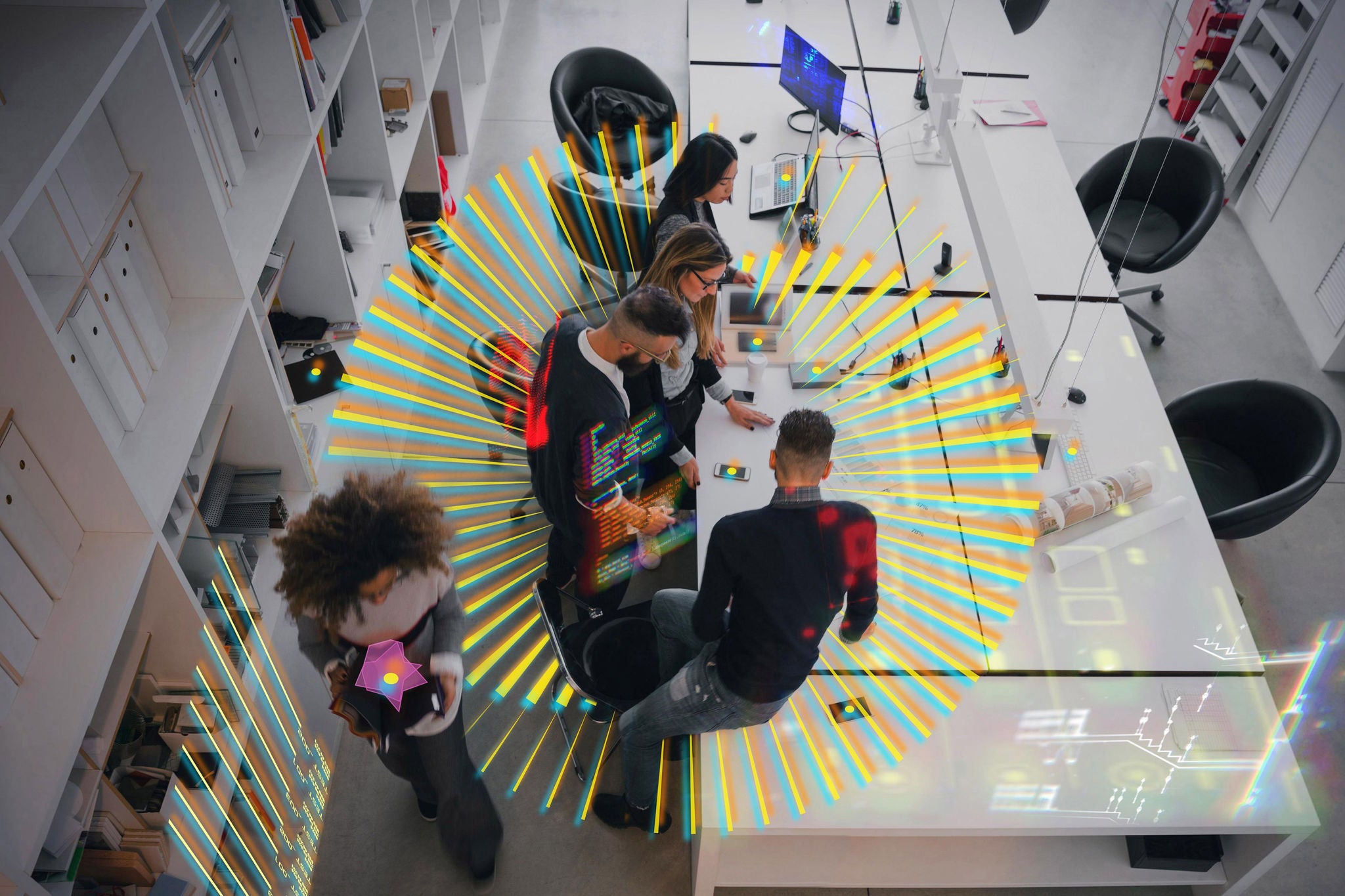A similar productivity delay occurred with electricity, though the observed lag was shorter than for the steam engine. While the electrical age began in the 1880s in the US, it was only in the 1920s when electrification made critical advances that led to a sizable boost to productivity.4
The paradox of rapid technological progress alongside subdued productivity was also a feature of the IT revolution, which began in the 1970s with the introduction of the personal computer and the internet. In 1987, Robert Solow, the Nobel Prize economist, famously observed that “you can see the computer age everywhere but in the productivity statistics.”
At the time, growth in labor productivity as measured by real output per hour had slowed to a disappointing 0.5% annual pace despite major technological advances. It was only two decades later in the late 1990s and early 2000s that the paradox was resolved when labor productivity consistently surpassed 2% per year between 1998 and 2005 as IT technologies diffused more broadly throughout the economy.5
Faster speed of diffusion and adoption
We find that while companies are investing in AI — 43% of CEOs have already begun investing and another 45% plan to do so in the next year, according to the EY CEO Outlook Pulse survey — many are pursuing quick efficiency gains rather than more fundamental changes to maximize AI’s growth potential. And 90% of organizations are still in the earliest stages of AI maturity.
There are various potential sources of delay between a technological revolution and its boost to productivity, but three are critical:
- Implementation and diffusion: it takes time for new technologies to be adopted and diffused throughout an economy. Even after a technology is introduced, businesses might delay the adoption due to high up-front costs, uncertainty about its benefits or simply because they are waiting to see if even better technologies emerge.
- Learning and adjustment period: once technology is adopted, there is a period during which workers and managers must learn how to use it effectively: this involves trial and error, training and the development of leading practices.
- Complementary innovations: some technologies require complementary innovations or infrastructures to be fully effective.6 For instance, electric engines required a widespread electrical grid, and the benefits of personal computers were magnified once the internet became widespread.
The notable capabilities and performance of emerging AI tools already represent a big improvement over those introduced a decade ago such as cell phone virtual assistants.
While the broad-based productivity boost will likely occur with a lag, the speed of technological adoption and diffusion has increased from multiple decades in the 1800s to around 10 years in the computer age.
Faster diffusion and adoption of GenAI could mean the boost to economic activity will be felt in the next three to five years.








